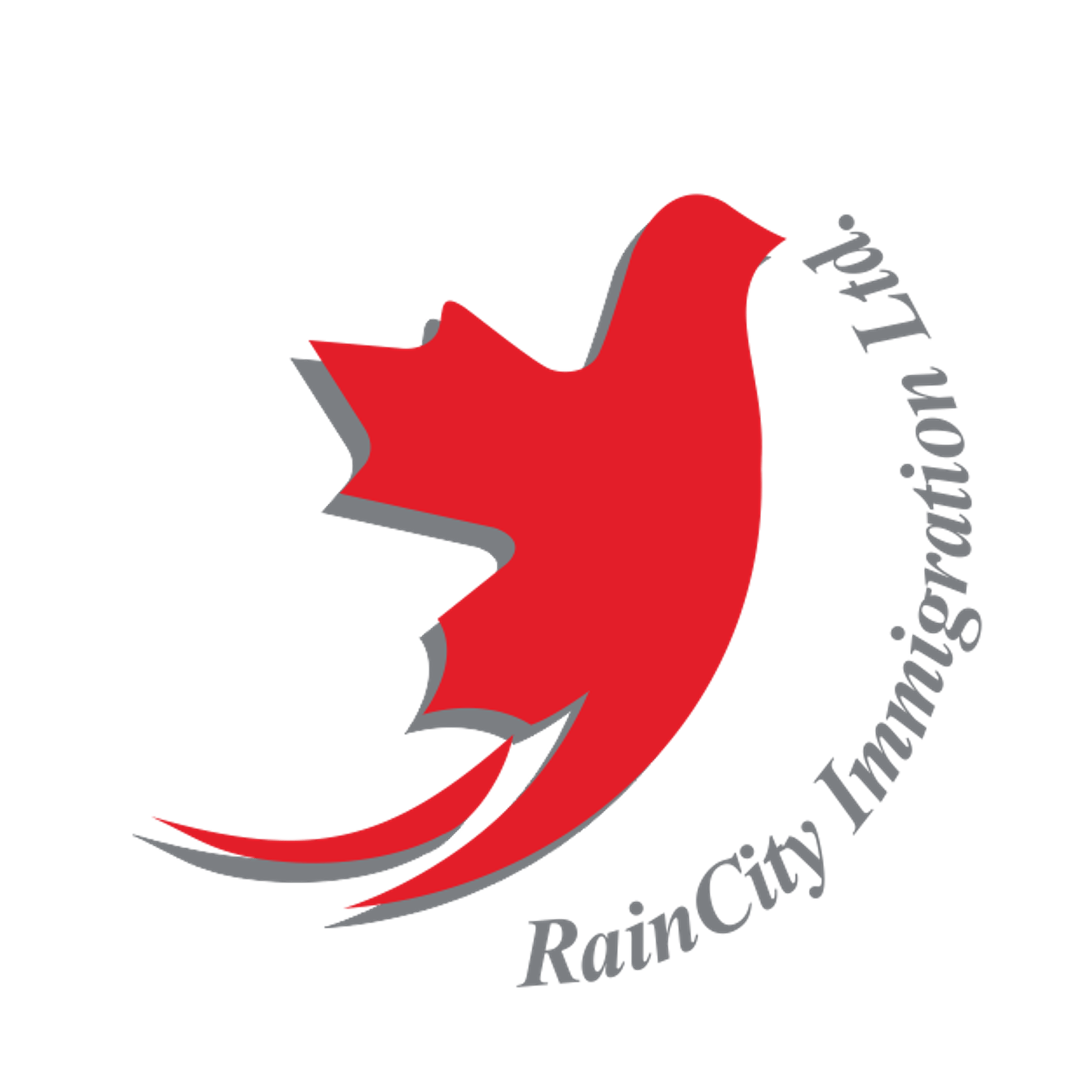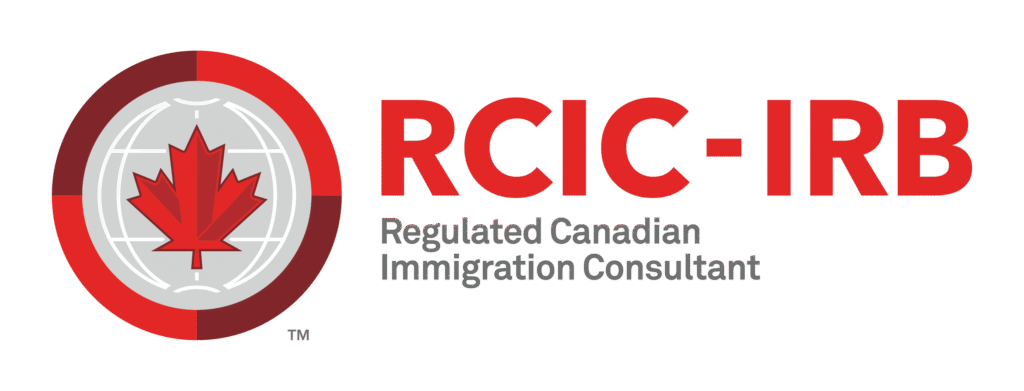Canadian experience

Most of our applicants have probably heard the phrase we tell them: “You just need to enter Canada legally and work in Canada, and we’ll get you permanent residency.” In this post, we want to familiarize you with the requirements and steps of the Canadian Experience Class immigration pathway.
Immigrating to Canada through the Canadian Experience Class (CEC), which is well-known as the CEC program in Canada, is specifically for those who have work experience in Canada.
The CEC program is one of the three main Express Entry programs. Express Entry is an online system that allows skilled and professional applicants to obtain permanent residency in Canada in about 6 months. Then, upon meeting various conditions and after several years, they can become Canadian citizens.
Overview of the Canadian Experience Class Program
| Requirements: | One year of work experience in Canada & Language proficiency & Educational credential & assessment (if you have a non-Canadian degree) & Achieving a minimum CRS score in the Canadian Experience Class draw |
| Costs: | $1365 for the applicant & $1365 for the applicant’s spouse & $230 for each child & Biometrics fee (for one person $85 and for the whole family $170) & Processing time: About 6 months |
| Documents: | Identification documents & Educational documents & Work experience documents & Proof of funds & Police clearance certificate & Medical examinations & Foreign language documents |
What are the benefits of immigrating through the Canadian Experience Class program?
No need for a job offer from Canada
Short processing time (about 6 months)
Residency in the Canadian work experience program can be in any province of Canada except Quebec.
Lower costs compared to provincial programs and investment and business programs
Completely online application process with no need for paper document submission
Who is the Canadian Experience program suitable for?
Most of those who apply through this program belong to one of the following groups:
Those who have study experience in Canada and have received a post-study work visa or PGWP and have worked in Canada for one year.
Those who received a job offer from Canada and then worked in Canada for a year.
Those who, as a companion of a spouse who is studying in Canada, have obtained a companion work visa and have worked in Canada for one year.
Canadian Experience Class Requirements
Work Experience in the Canadian Experience Class
You need at least 12 months of work experience in Canada. A minimum of 12 months equals 1,560 hours.
This work experience should be obtained within a maximum of 3 years before applying. Also, the work must have been full-time or the equivalent of part-time. A year of work experience can be accrued through full-time work in one or more jobs or through part-time work in multiple jobs.
Full-time work in Canada is defined as 30 hours a week, and hours exceeding this amount don’t count.
Example: Soroush is working as an administrative specialist in a company in Canada. He worked 15 hours (part-time) a week for two years at this company. Soroush meets the work experience requirements for the Canadian Experience Class because 15 hours a week for two years is equivalent to one year of full-time work (30 hours a week).
What kind of job experience is required for the Canadian Experience Class?
In this program, it doesn’t matter what job a person has held. You can apply for this program with any job, as long as it’s classified at one of the TEER levels 0, 1, 2, or 3 in Canada’s NOC job list. However, the job must have been as an employee; self-employment experience does not count for this program.
Does work experience gained while studying in Canada count towards the Canadian Experience Class?
No. Work experience obtained while studying full-time in Canada does not count for this program. If you are studying in Canada, you must finish your studies, and only then does one year of work experience after graduation count.
Keep in mind that to work in Canada, you must have a legal work permit. For example, if you are a refugee, your work experience will not be accepted for this program.
Language Requirements for the Canadian Experience Class
If your work experience is at TEER level 0 or 1 in Canada’s job classification system, you must have an English or French language certificate at CLB 7 across all skills.
If your work experience is at TEER level 2 or 3 in the job classification system, you must have an English or French language certificate at CLB 5 across all skills.
Every test has its own scoring system that can be converted to a CLB level. To convert scores from various language tests to CLB, you need to look at each skill’s scores.
For example, in the General IELTS test, CLB level 7 is equivalent to a score of 6 across all skills in the General IELTS.
Accepted language tests for the Canadian Experience Class program:
English
– CELPIP General Test (CELPIP: Canadian English Language Proficiency Index Program). Note that the CELPIP General-LS test is not accepted.
– General IELTS Certificate (IELTS: International English Language Testing System)
– PTE Core test certificate
French
– TEF Canada certificate (TEF Canada: Test d’évaluation de français)
– TCF Canada certificate (TCF Canada: Test de connaissance du français)
Education in the Canadian Experience Class program
There’s no specific educational qualification required for this program. However, to boost your CRS score, a degree is necessary.
If you studied in Canada, you must provide your degree and transcripts. If you have a non-Canadian qualification, you also need to submit an Educational Credential Assessment along with your degree and transcripts.
What is an Educational Credential Assessment (ECA)?
There are organizations that review foreign educational credentials and confirm which Canadian equivalent they correspond to. One of the best organizations for educational credential equivalency in Canada is World Education Services (WES).
Necessary steps for immigrating to Canada through the Canadian Experience Class program:
Step One: Create a Profile
To obtain residency through the Canadian Experience Class, you first need to create an Express Entry profile. For this, you need to have your language test score and an Educational Credential Assessment certificate (if you studied outside Canada) to fill in your information. If you studied in Canada, you don’t need an Educational Credential Assessment.
You must create your profile on the Canada Immigration website via the GCKey system. When making your profile, you need to provide basic information about your work history and NOC code, details about your education and credential assessment, personal information, and proof of funds.
Step Two: Receiving the Invitation
Your application is scored based on various factors like age, work experience, language skills, education, and so on. This points system, which is specific to the Express Entry system, is called the Comprehensive Ranking System (CRS). Your score ranges from 0 to 1200.
What is the candidate pool in the Canadian Experience Class program?
Your application, with its computed score, enters a pool. However, this pool is different from the ones you might be used to! In this virtual pool, referred to as a “pool,” there are applications from individuals with different scores and qualifications. Your application in this pool is like a fish that must be caught by a fisherman (the immigration office).
Generally, draws occur twice a month, known as “draws.” In these draws, the federal government selects individuals with the desired scores from the pool and issues them an Invitation to Apply. Therefore, the selection process is competitive, not random. The higher your score, the better your chances of receiving an invitation.
If your score is lower than the cutoff established by the immigration office, you’ll have to wait in the applicant pool until the score threshold drops.
If your score ties with someone else’s, the person who entered the pool earlier and created their profile will receive the invitation. So, it’s best to open your profile and enter the applicant pool right after you get your language test results and an Educational Credential Assessment certificate. Then, you can improve your score later by achieving a better language score, gaining more work experience, obtaining higher education qualifications, etc., and update your profile.
Example: Alireza’s CRS score is 465. He entered the applicant pool. A few weeks later, the draw announces that the minimum score is 461. Therefore, everyone like Alireza, whose score was higher than 461, received an invitation.
What score is suitable for receiving an invitation for the Canadian Experience Class program?
The points in each lottery round change. Therefore, it’s hard to say exactly what score is suitable for this program. For instance, the score for this program in 2021 ranged from 75 to 462.
Step Three: Submit Application
After you receive the invitation, you have up to 60 days to upload the required documents in your profile and complete the requested information. Finally, you’ll need to pay the fees and submit your application.
| Fee Type | Applicant | Applicant’s Spouse | Each Child |
|---|---|---|---|
| Application Processing Fee | $950 CAD | $950 CAD | $260 CAD |
| Permanent Residency Fee | $575 CAD | $575 CAD | |
| Biometrics Fee | $85 CAD | If the applicant has a spouse and child | $170 CAD for the entire family (applicant and spouse and children) |
Within 24 hours of submitting your application, you’ll receive a letter called the Acknowledgment of Receipt (AOR). This receipt shows that your documents have been received by the immigration office and that your application has been successfully submitted.

Step Four: Biometrics
In this step, the file review begins. Throughout all the stages, you can log into your profile and check the status of your application.

The officer will check the file to ensure that the documents are complete and match the program checklist. If the documents are incomplete, the officer will return the application fee as well as the application itself.
This step usually takes between 1 to 2 months. At the end of this stage, a letter for medical examinations is usually confirmed, and a biometric letter is issued.
Individuals who, according to Canadian regulations, need to provide biometrics must go to visa offices in other countries to complete the biometrics after receiving the biometric letter.
Step Five: Eligibility Review
In the eligibility review process, all documents are examined to confirm whether you qualify or not. This process takes a long time because your file and its documents are checked for credibility, accuracy, and meeting the requirements of the specific program.
Usually, this stage is completed within 5 months after the previous step. Various documents are reviewed during this process, including proof of funds, employment history letters, job offers, visa rejection history, and so on.
If the officer feels that further investigation is needed, they may request additional documents from you.
Step Six: Background Check
The background check consists of three parts: criminal history, security history, and information sharing. All parts of this stage are carried out by Immigration, Refugees and Citizenship Canada, the Canada Border Services Agency, and the Canadian Security Intelligence Service.
This stage generally takes between 1 to 2 months. However, in rare cases where the individual’s background appears suspicious to the relevant department, it may take up to 1 year.
This stage is the last step before the final decision is announced.
Final Step: Confirmation of Permanent Residence
Finally, after your application is approved, you will receive the Confirmation of Permanent Residence (COPR). At this stage, you will receive a passport request message (PPR), and you must send your passport to the Canadian visa office nearest to you to get the visa stamped in it. The time frame you have to enter Canada is until your passport expires or until the medical exam validity runs out (whichever expires first).
While your application is under review, you can learn about the status through various methods. You can contact the immigration office or ask general information about your application and visa office online via a form called the Web form. However, the best way is to request a GCMS note. In the reply to this note, which an officer completes, detailed information on all actions taken regarding your application will be provided. You can seek help from RainCity consultants to request the note.
Documents for the Canadian Experience Class program
All documents required for this program must be uploaded online, and a paper copy is not needed. Please note that if the documents are in a language other than English or French, they must be translated, and along with the translation, a certificate or license from the translator and a certified copy of the original document must also be submitted.
Identification Documents
The main applicant’s and their spouse’s and children’s passports, marriage or divorce certificates, or a death certificate of one of the spouses (if the main applicant is married, divorced, or if one of the spouses has passed away). Additionally, if there are children, their birth certificates must also be provided. Furthermore, a recent photo of all family members is required.
If you have received points through a relative in Canada, you must provide documentation proving your relationship with them, proof of the relative’s citizenship or permanent residency, and proof of the relative’s residence in Canada.
Educational Documents
The educational certificate and its transcript must be submitted, and if the education was obtained outside of Canada, an Educational Credential Assessment certificate is also required.
Language Documents
A language certificate approved by the immigration office for the main applicant and their spouse (if you earned points through your spouse’s language score).
Criminal Record Certificate
A criminal record certificate for the applicant, their spouse, and their children aged 18 and over. This criminal record must be obtained from any country where you have lived for more than six months. The criminal record letter is valid for one month, but if you have it translated officially after receiving it, it will be valid for up to six months.
The criminal record certificate is one of the most important documents for the immigration office. Be sure to obtain this letter from the appropriate authority. For instance, for Iranians inside Iran, this certificate should be obtained from the Sana system or from Police+10 centers. Many applicants have had their files rejected at this stage due to failing to submit the original criminal record certificate or other required conditions.
Medical examination documents
The applicant and their spouse and children must undergo medical exams, referred to as Medical Exams. These tests will determine whether you or your family have any contagious diseases or other illnesses that could lead to heavy costs for Canada’s healthcare system. These exams are valid for one year.
To complete these exams, you need to see the doctors designated by Canada’s Immigration Department.
Employment Documents
A letter detailing the work history of the applicant and their spouse. If you have a job offer letter from a Canadian employer, you should upload that as well.
This work history letter must include the job title, name, address, and phone number of the workplace, the number of hours worked, annual salary, as well as a summary of the duties performed at that company.
We also recommend that you include your T4 tax forms or Notice of Assessment (NOA) and pay stubs from your work in Canada as part of your employment documents.
Frequently asked questions
Is part-time work experience accepted for immigration through the Canadian Experience Class (CEC)?
Yes. Once the total number of hours reaches 1,560, which is equivalent to one year, you can apply for this program.
How many hours of work experience per week are required for the Canadian Experience Class program?
You need to work 30 hours a week in Canada for one year. If you worked fewer hours, you will have to work longer than a year for the total work hours to reach 1,560. Hours exceeding 30 hours per week do not count.
Is part-time work experience counted along with studies for the Canadian Experience Class program?
No. Your studies in Canada must be completed, and one year of work experience is counted after your studies.
Can I leave Canada after applying for the CEC?
Yes. Your presence in Canada is not a requirement for this program.
Is having an education required for the Canadian Experience Class program?
No. But if you want to earn points from your education, you need to have a degree.
Is language proficiency mandatory for immigration through the Canadian Experience Class?
Yes. You need to meet the minimum score in one of the approved English or French tests.
Is proof of financial support necessary for the Canadian Experience Class program?
No. You don’t need to provide a bank statement for the Canadian Experience Program.
Can I quit my job in Canada after gaining one year of work experience?
Yes. You don’t have to be working for this program.
Does paid leave count as work experience for the CEC program?
Yes. Paid leave or paid vacation counts towards the work experience for the Canadian Experience Program.
Will the score for the Canadian Experience Class decrease?
This issue isn’t clear at all and really depends on the opinions and policies of the immigration office. For example, in the draw on February 13, 2021, the immigration office sent invitations to people with a minimum score of 75. However, in general, if the draws are regular and invitations are sent to many people, scores tend to stay at a certain level or go down.
How long does it take to process Canadian Experience Class applications?
Currently, the processing time for Canadian Experience Program applications at the Canadian embassy is about 5 months.





